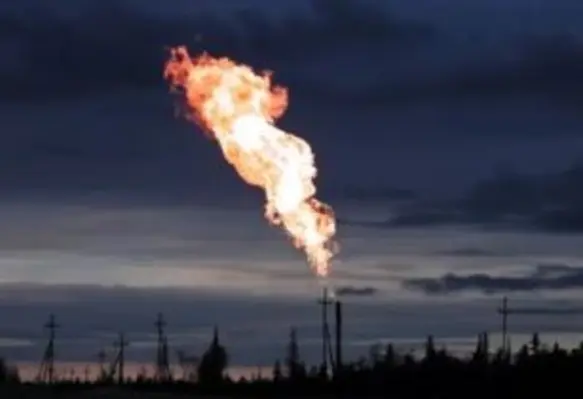Gas flaring – the combustion of unwanted natural gas produced during oil recovery – is losing many oil-producing countries up to US$82bn, according to GlobalData
The data and analytics company noted that even though technological solutions exist to avoid gas flaring, many countries persist with the activity – including developed countries such as the US and Russia. Besides lost revenue, this is also an environmental issue, as gas flaring is one of the major contributors to CO2 emissions.
Anna Belova, senior oil and gas analyst at GlobalData, commented, “It would do many countries, especially in Europe and Asia where natural gas prices are setting all-time records, a lot of good if oil and gas operators found the strategy to sell this gas rather than lose it ‒ not only for the money but for meeting their CO2 targets too.”
Some of the biggest gas flarers, accounting for over 87% of all flared gas in 2020, were Algeria, Angola, Indonesia, Iran, Iraq, Libya, Nigeria, Malaysia, Mexico, Russia, the US and Venezuela.
Belova continued, “The top 12 gas-flaring countries flared almost 13 billion cubic feet of gas per day (bcfd). To put that into context, that amount of gas could easily keep the whole of Japan well supplied for a year. All of that power has simply gone to waste.”
Many countries flare gas because of lack of access to these markets, combined with the small volumes of gas produced at individual oil sites. The situation is further complicated by low domestic gas prices in most of the top flaring countries. The value of flared gas, when priced at domestic prices in Russia or the US for example, is often less than a quarter of what the gas could command on Europe or Asia markets.
Belova added, “Reducing global gas flaring will require a multi-prong approach due to unique regional drivers that prioritize flaring over monetization of gas. Small-scale modular technologies, aimed at converting gas into liquids or chemicals, represent a logical choice for remote and distributed flaring sites.”
“Given that technological solutions exist at multiple scales, regulatory and investor pressures are needed to drive investments, supported by voluntary environmental, social and governance (ESG) commitments by operators to end routine flaring of gas globally.”









